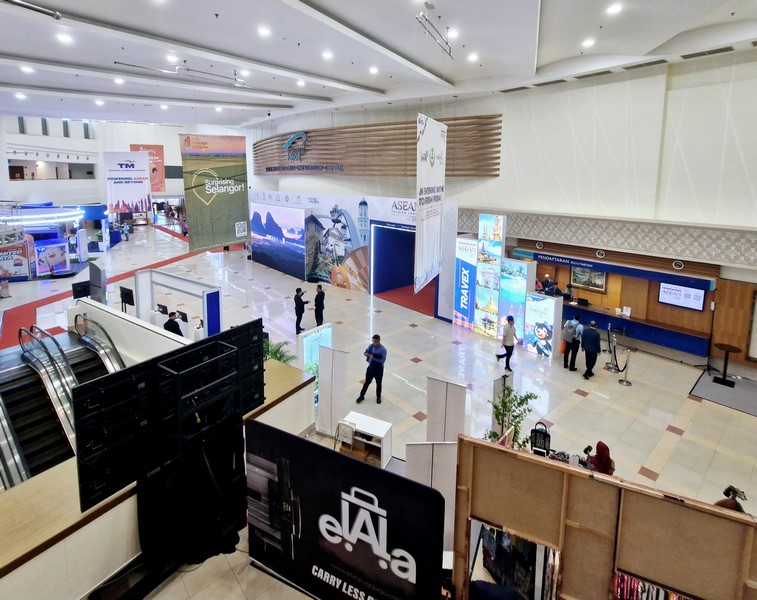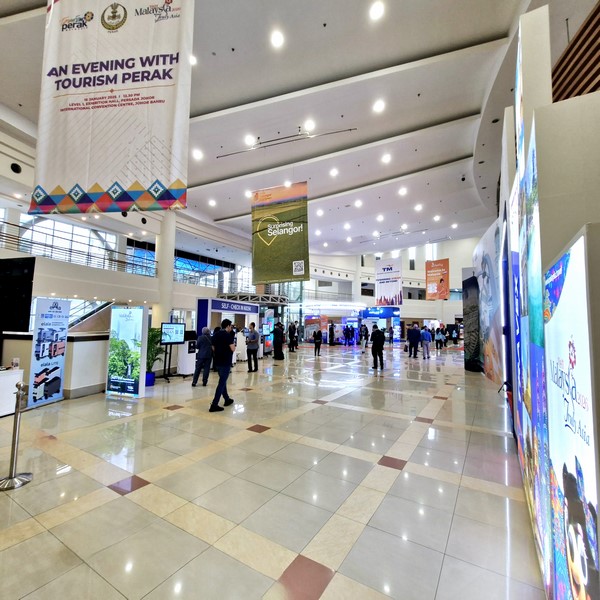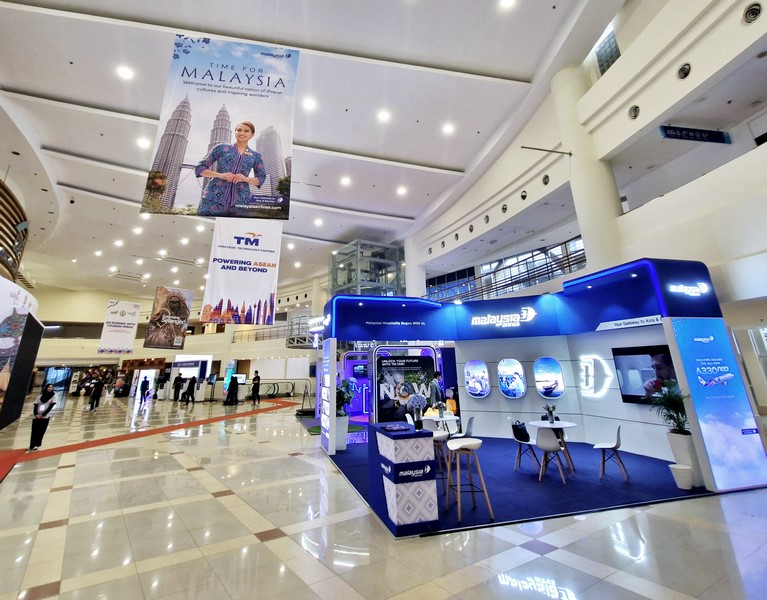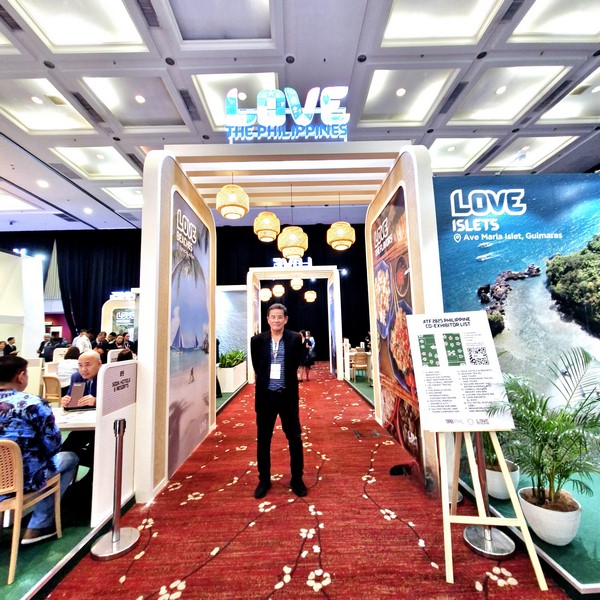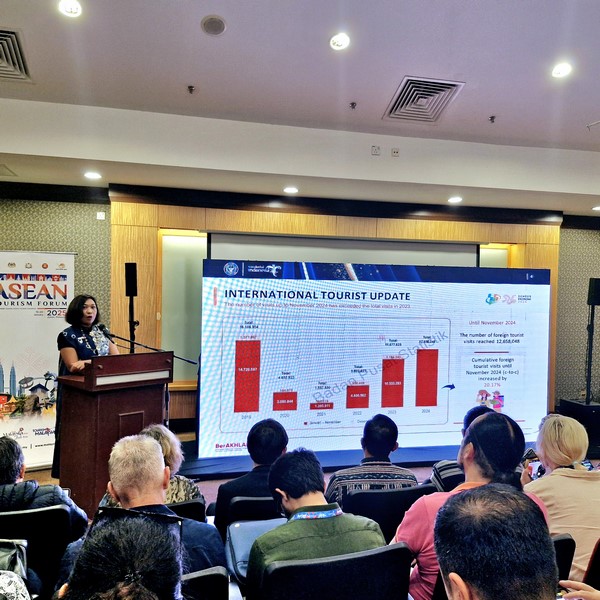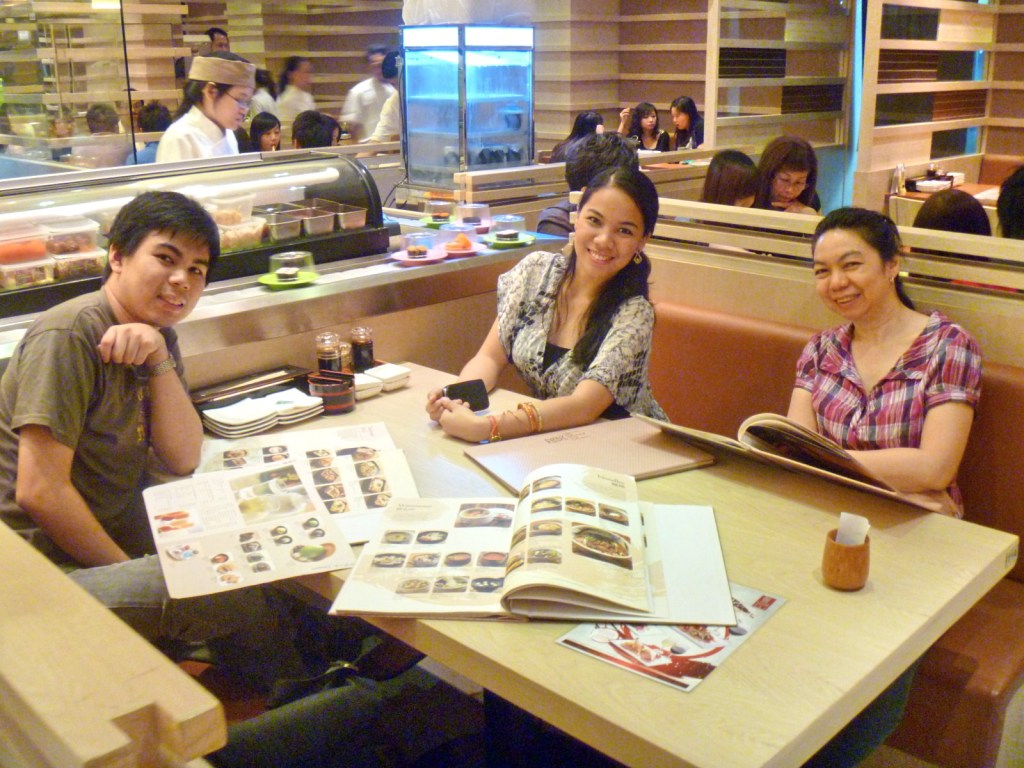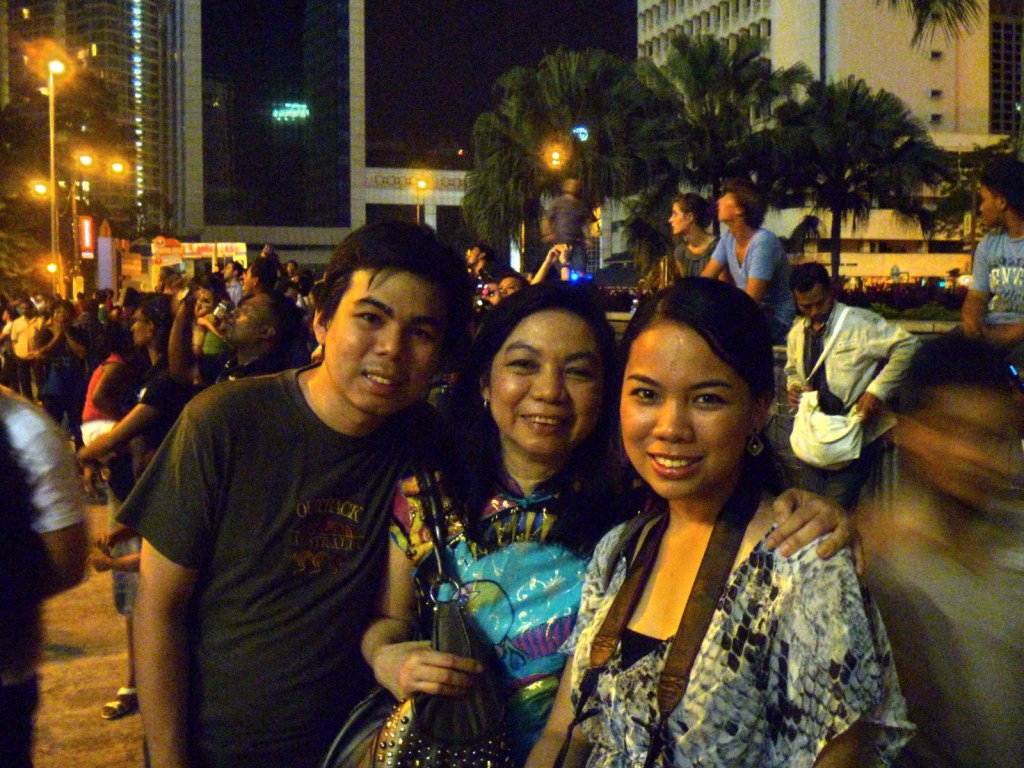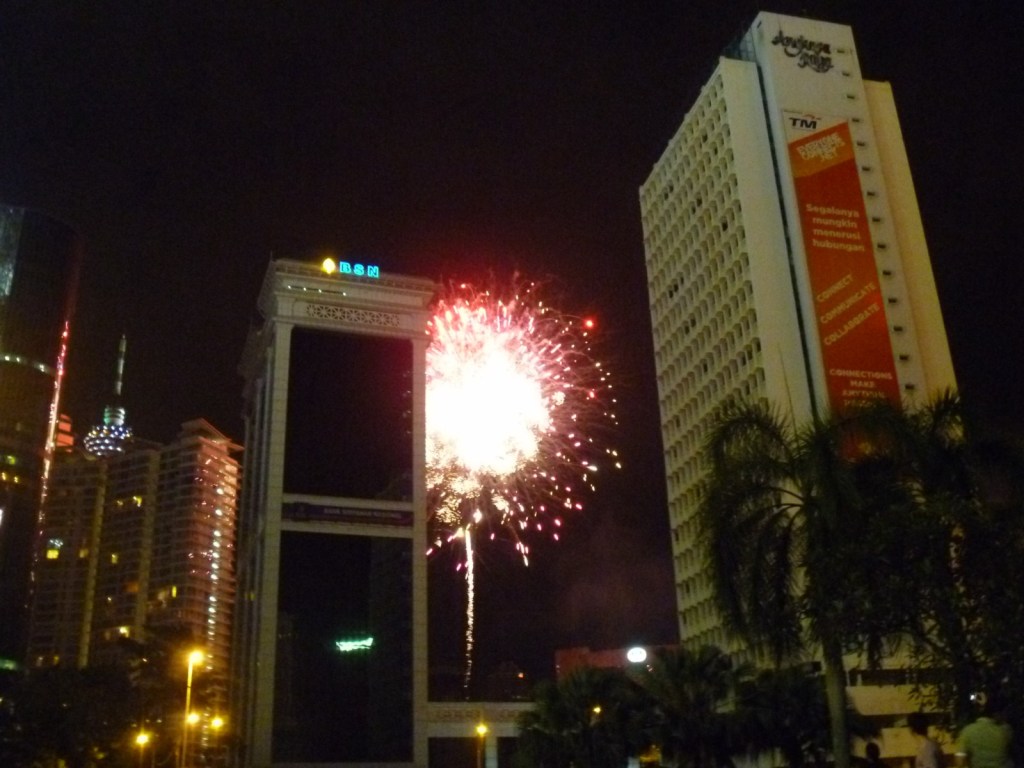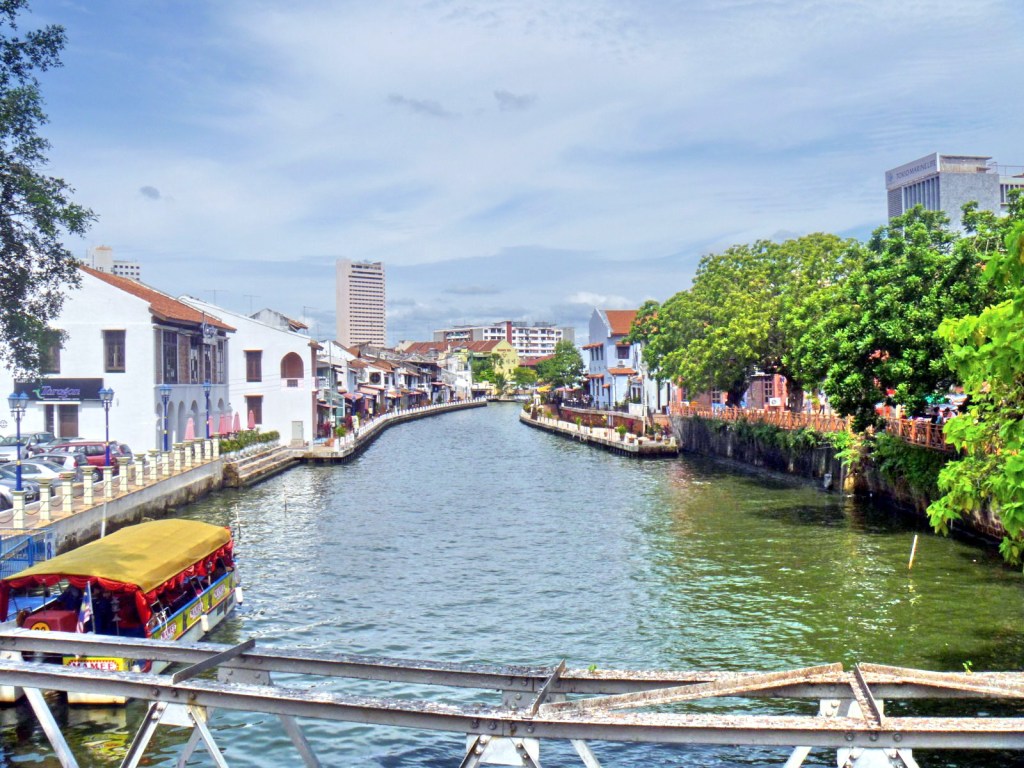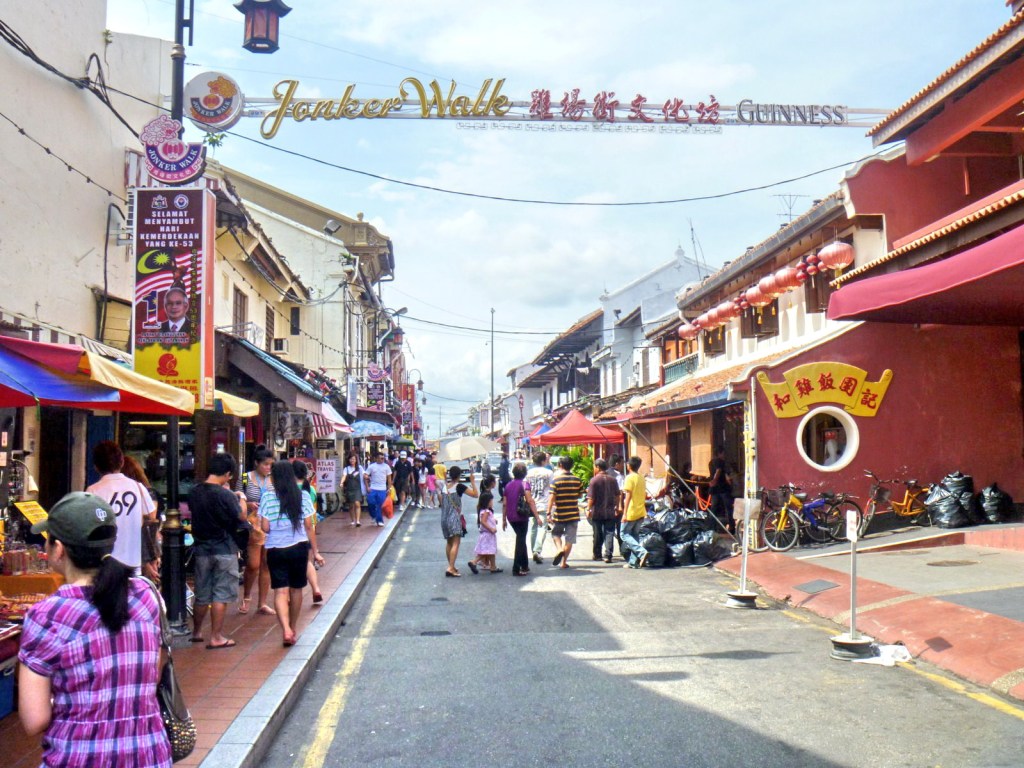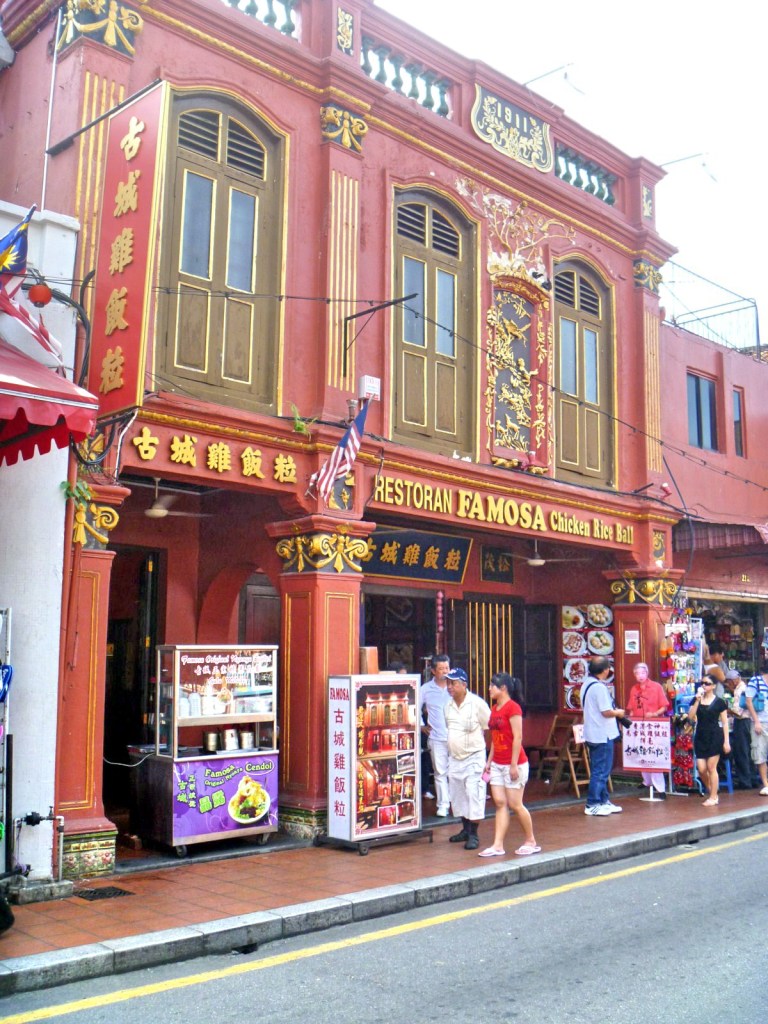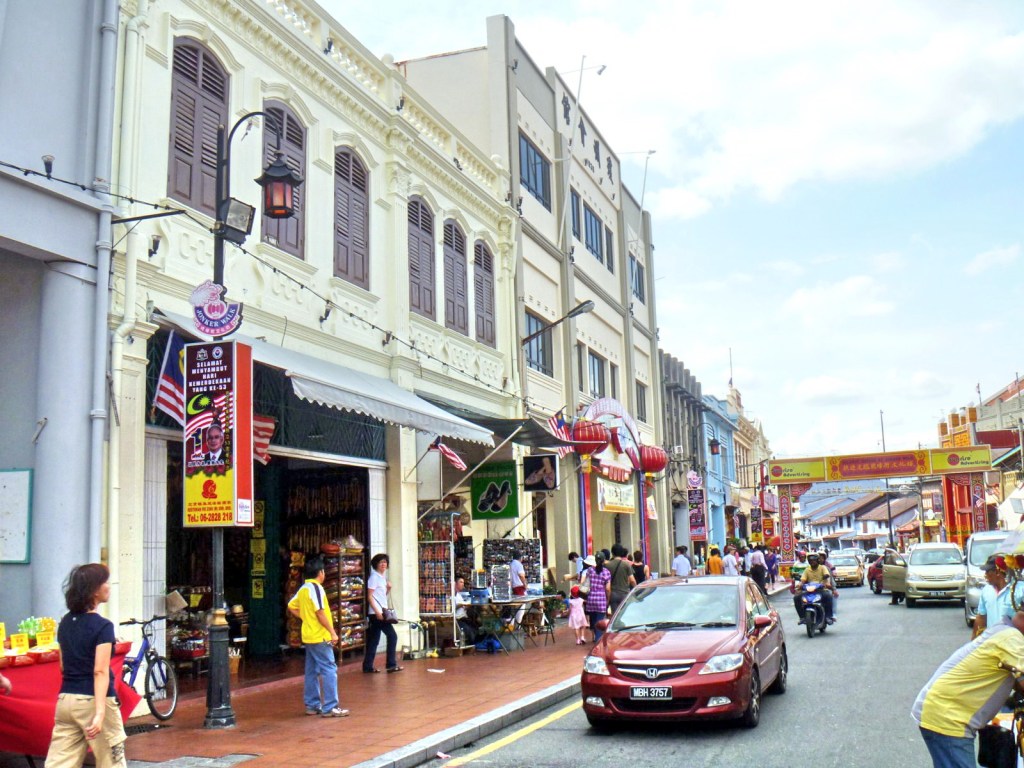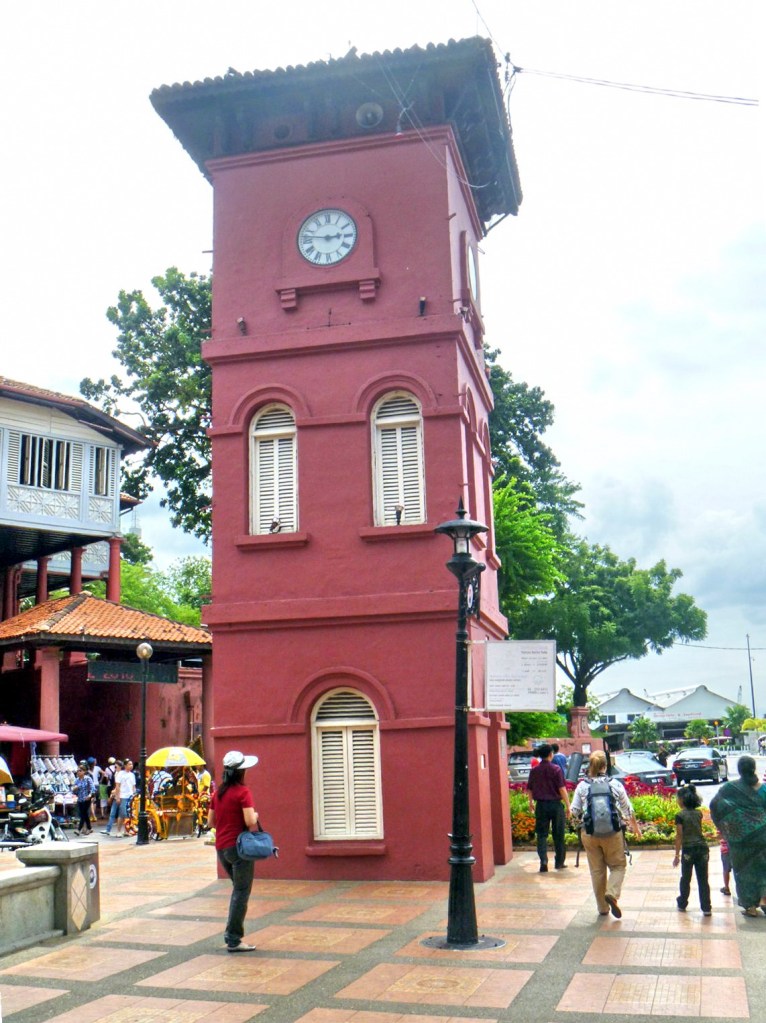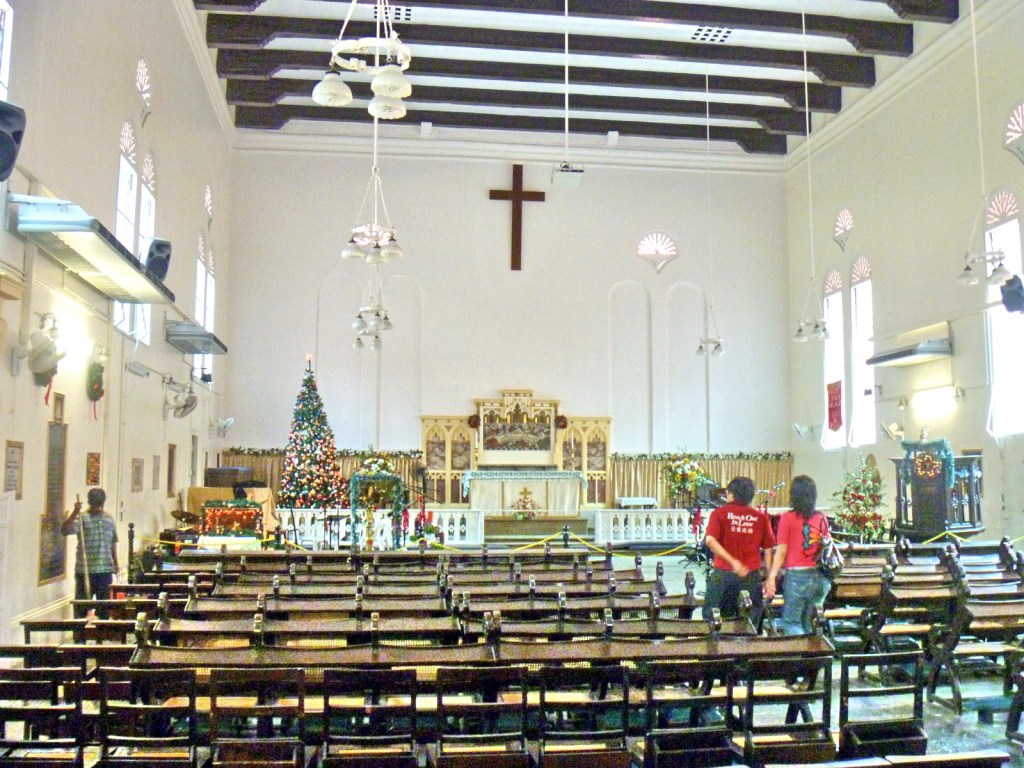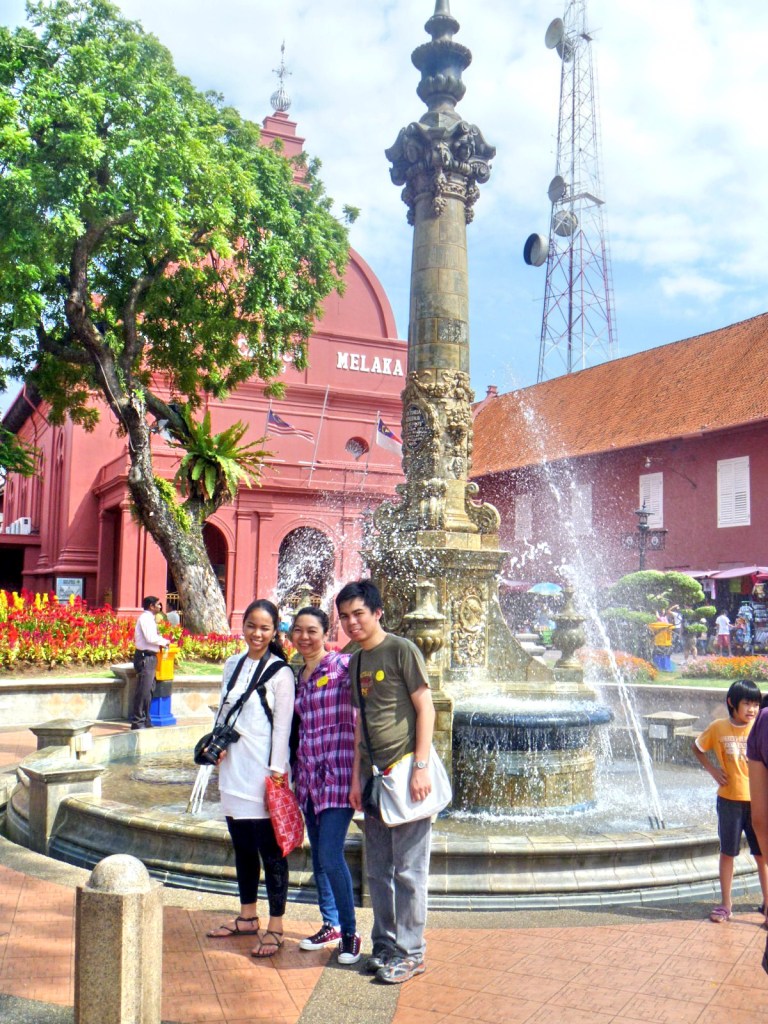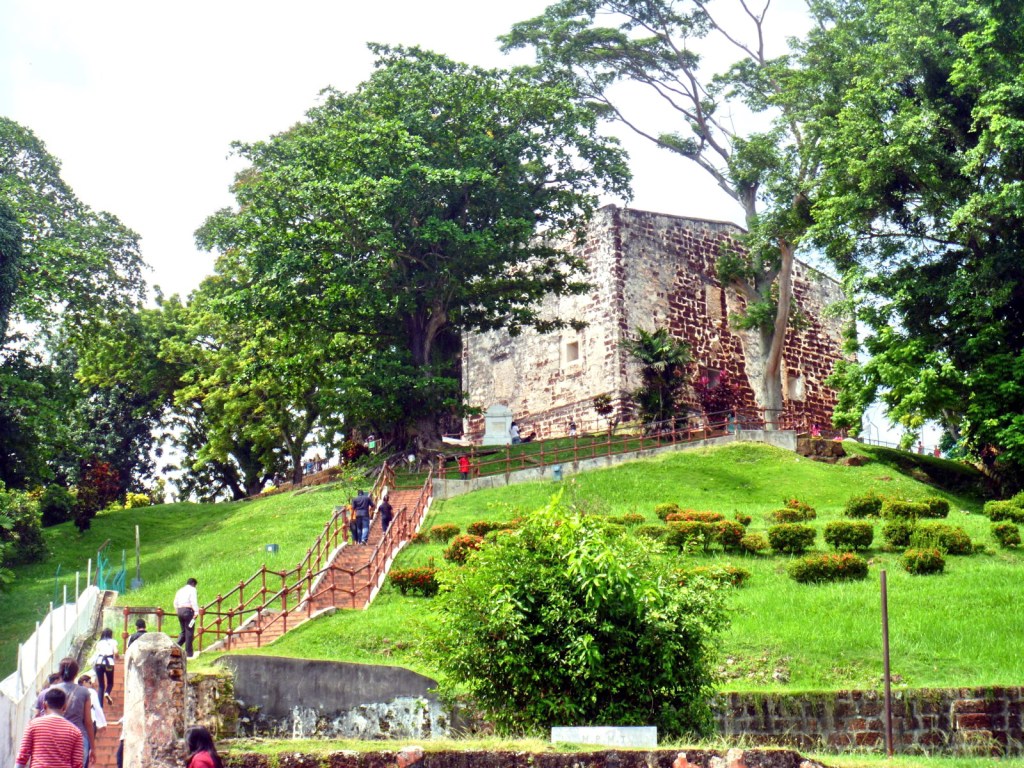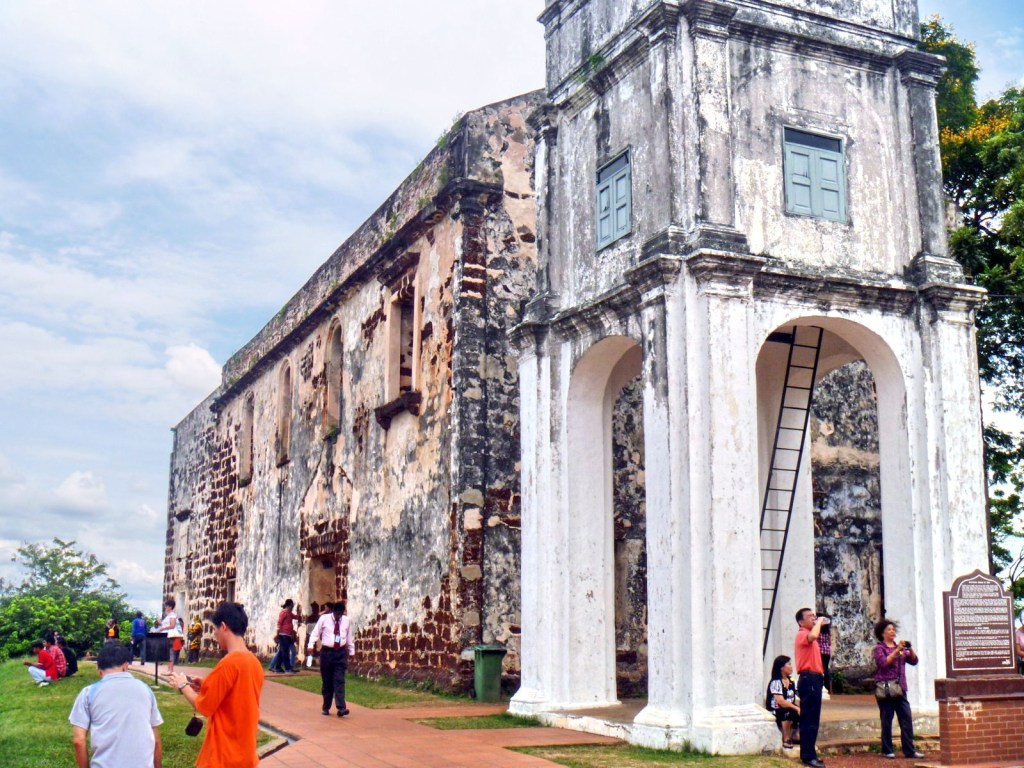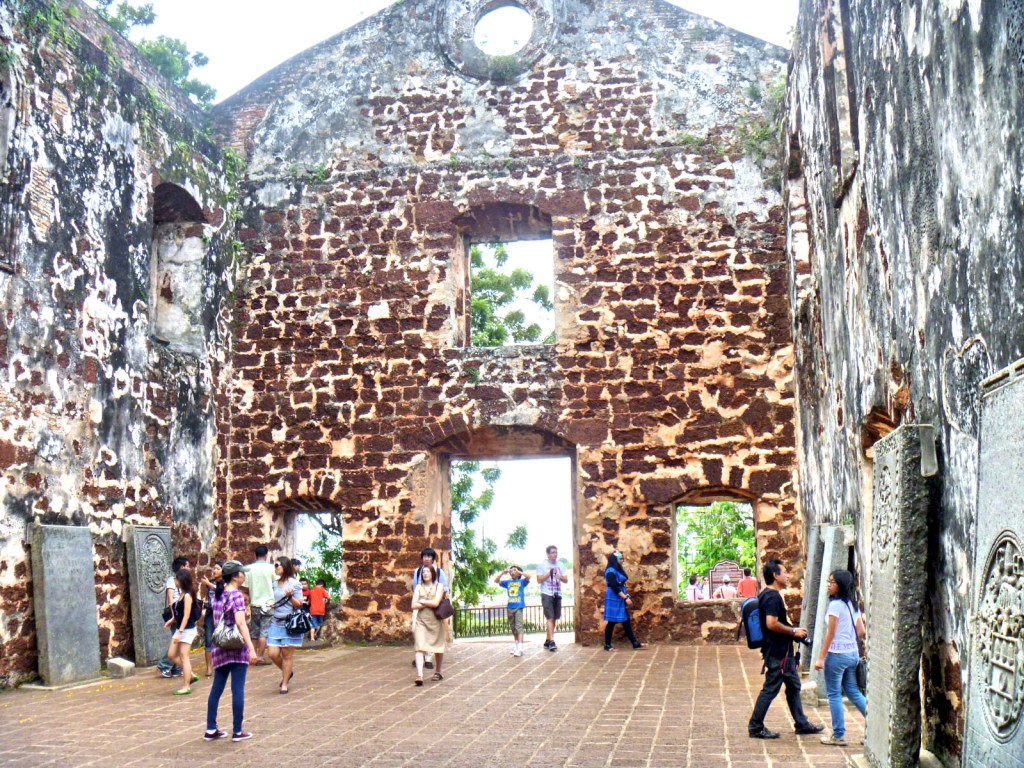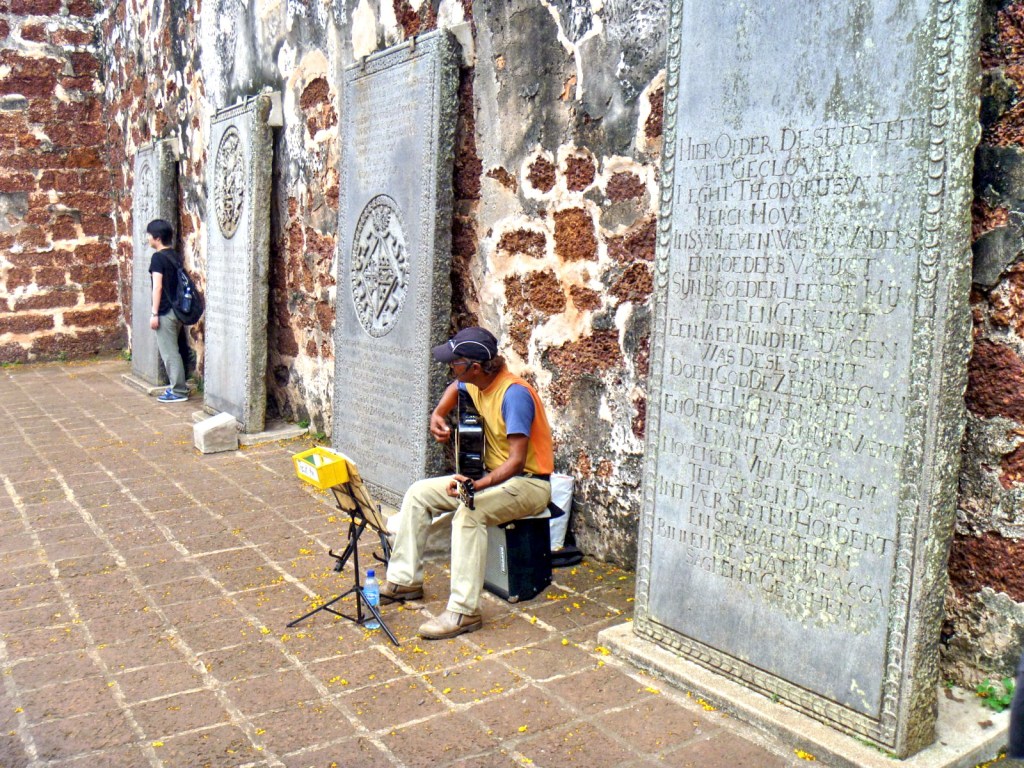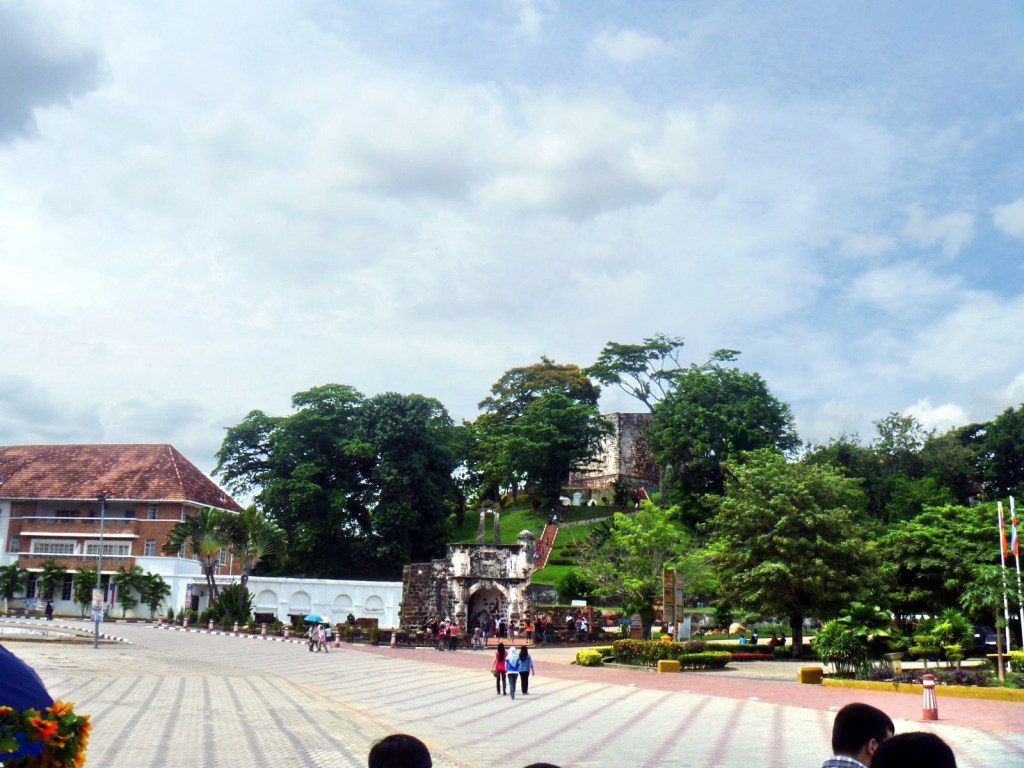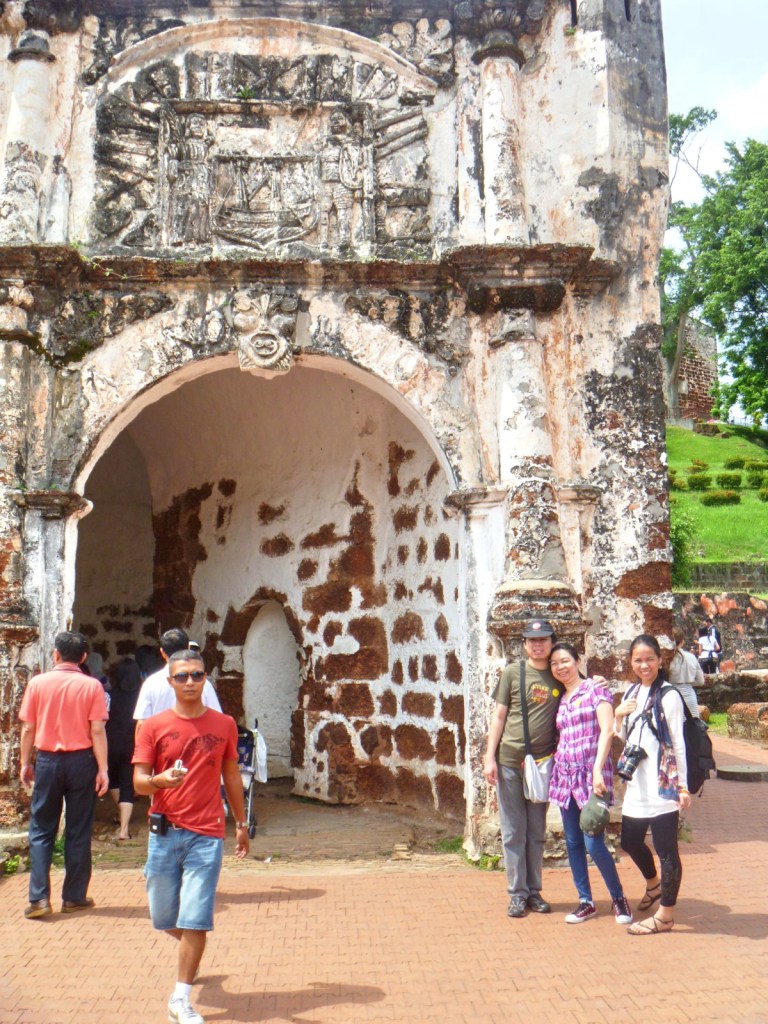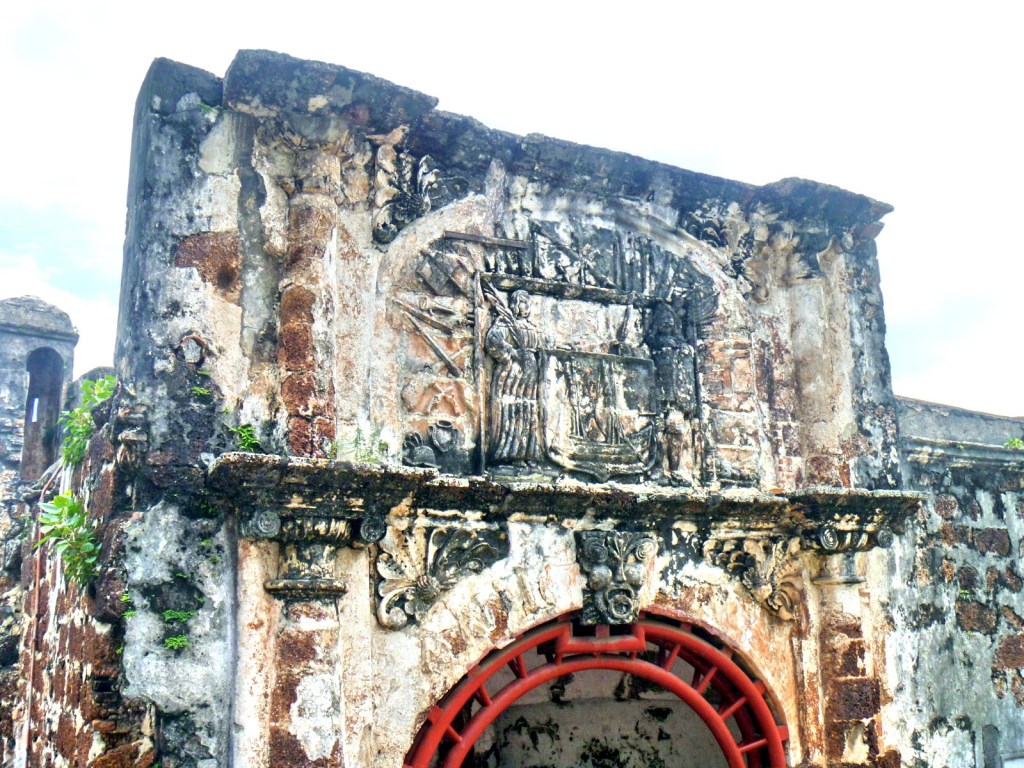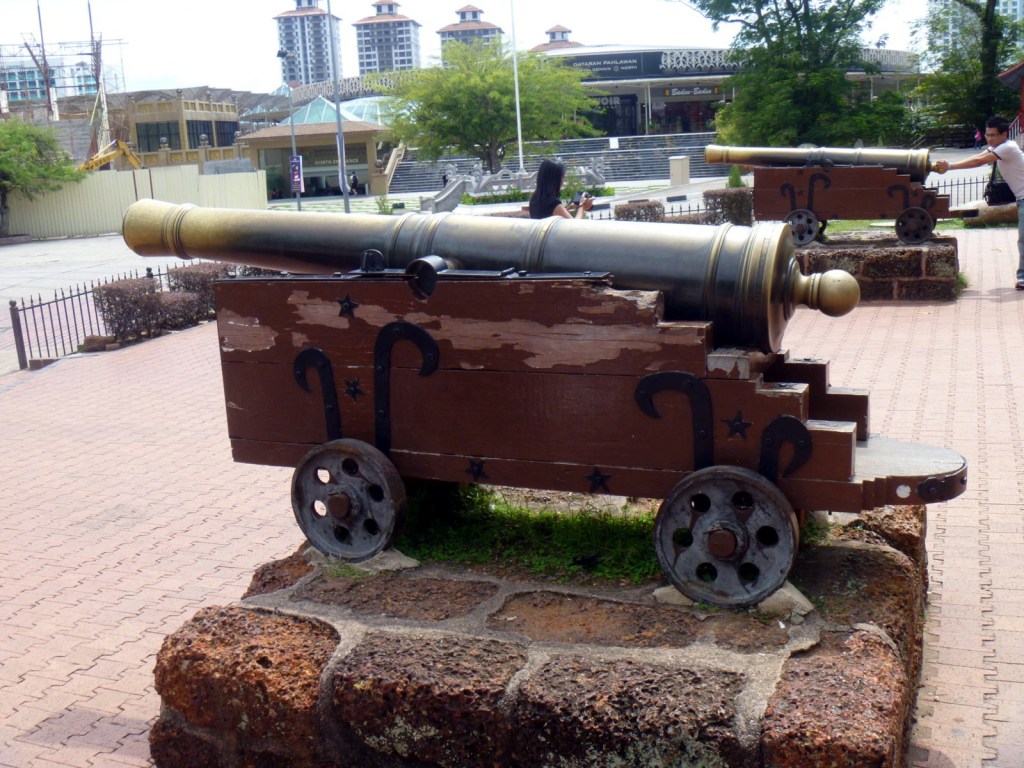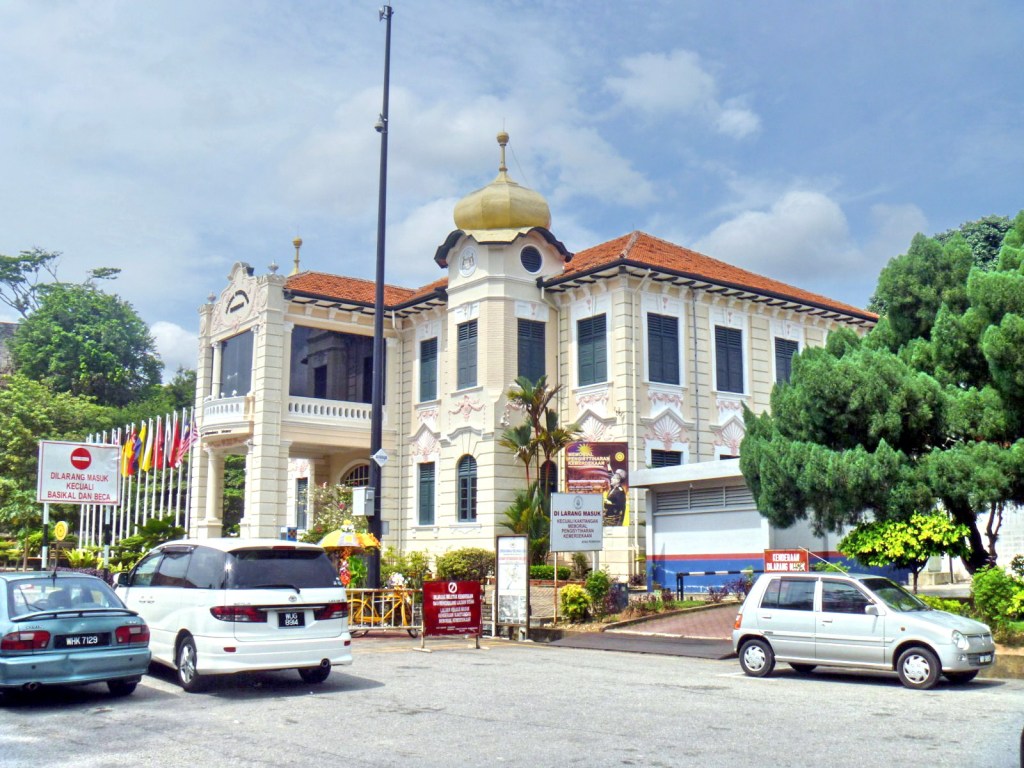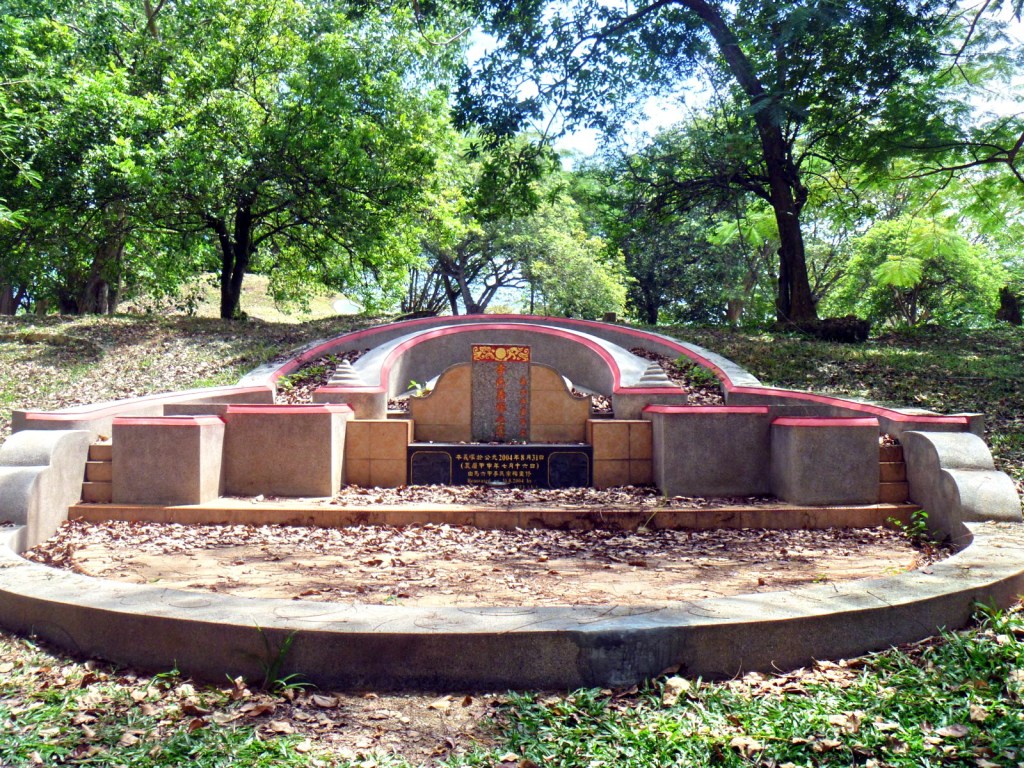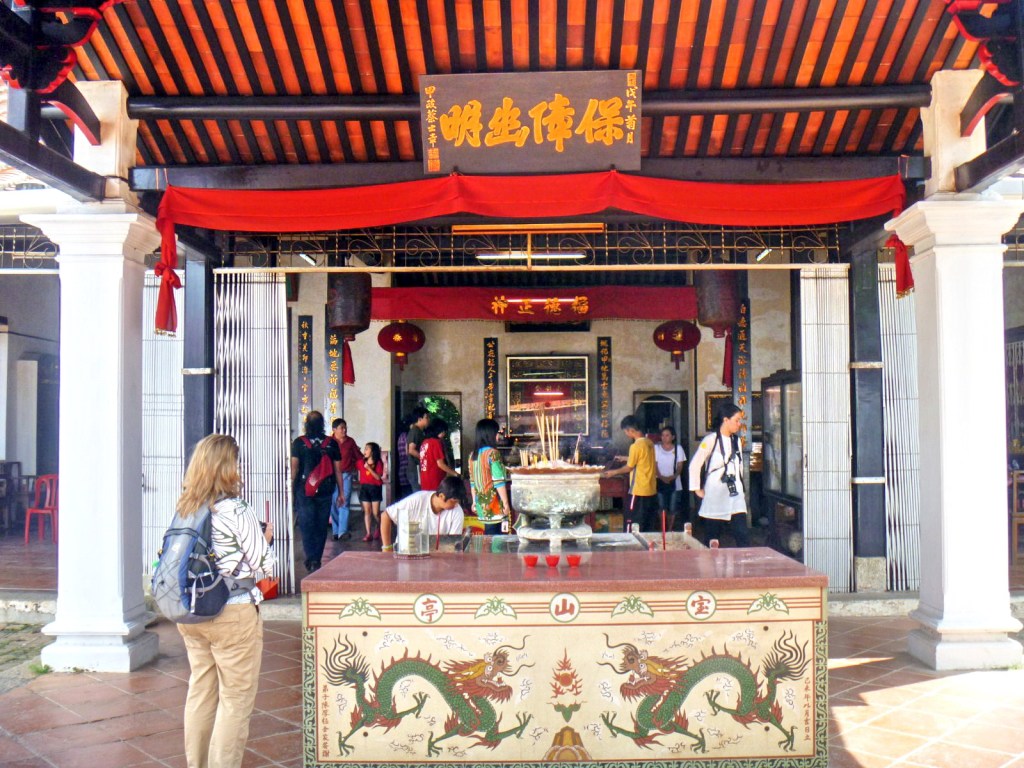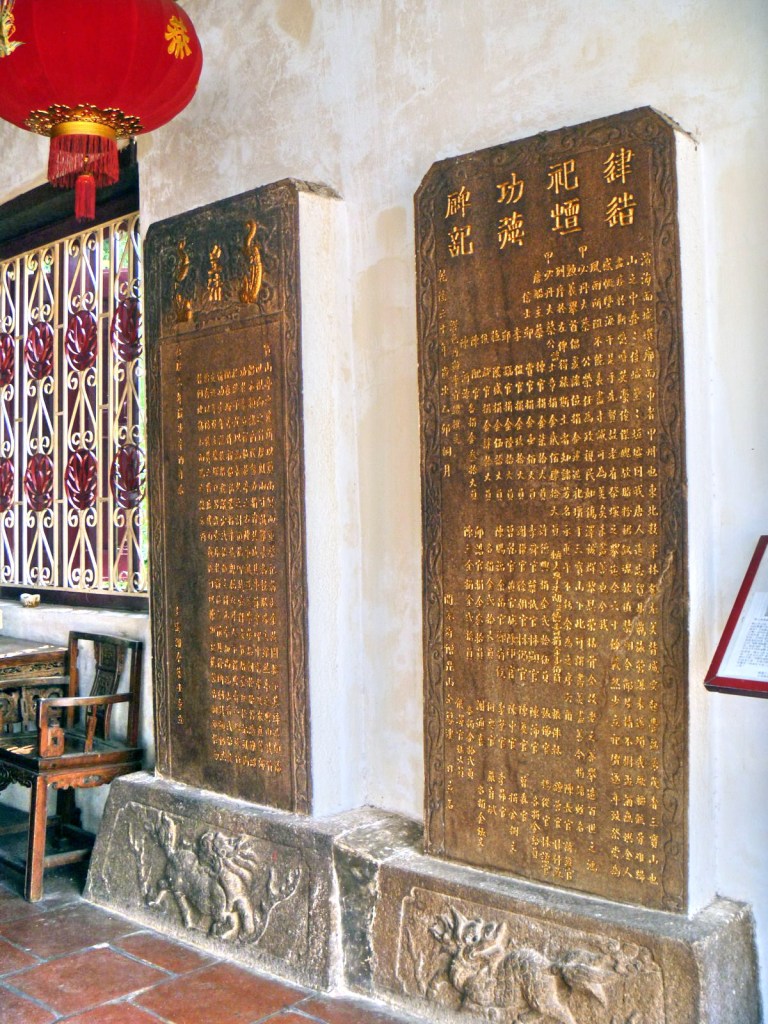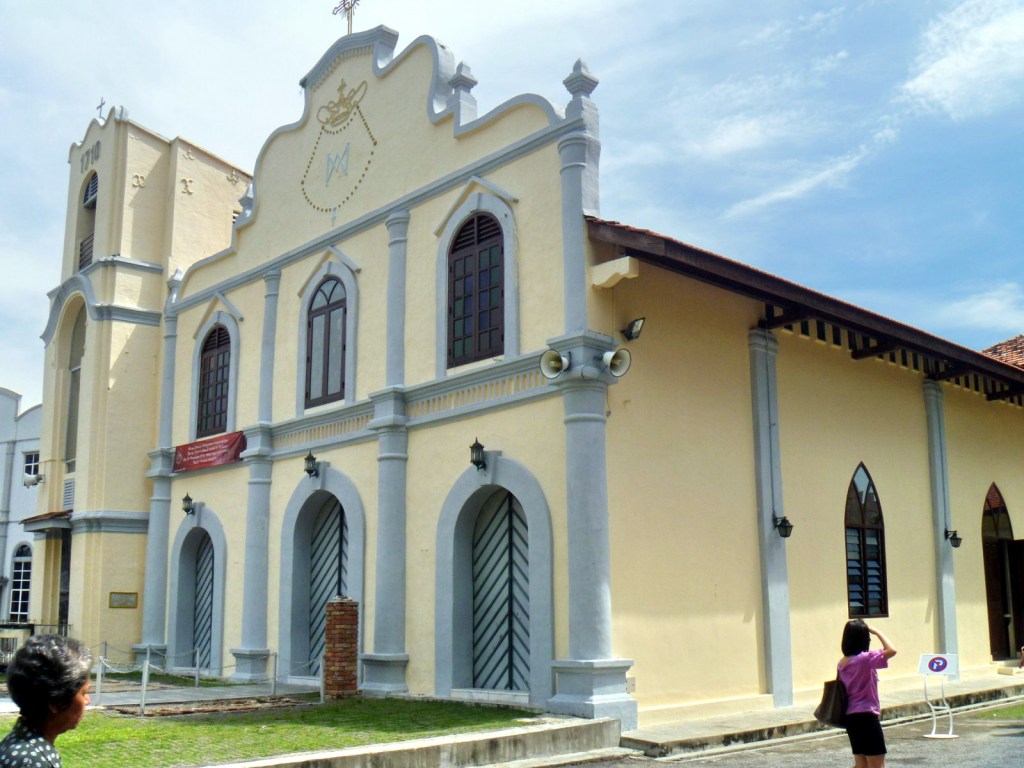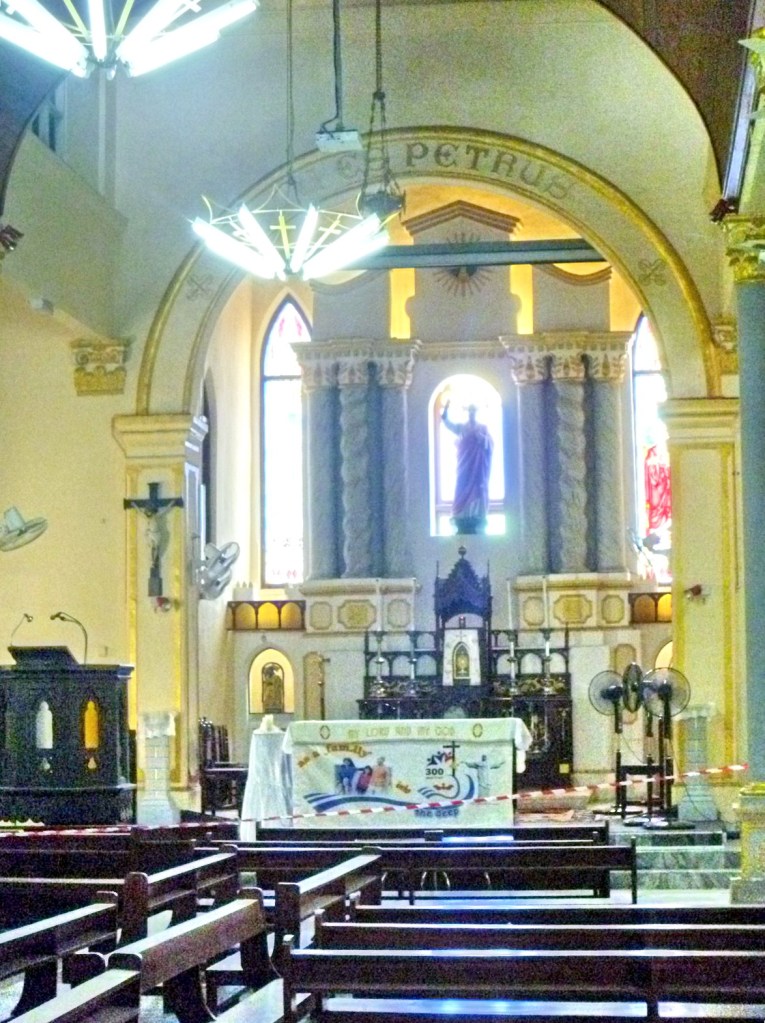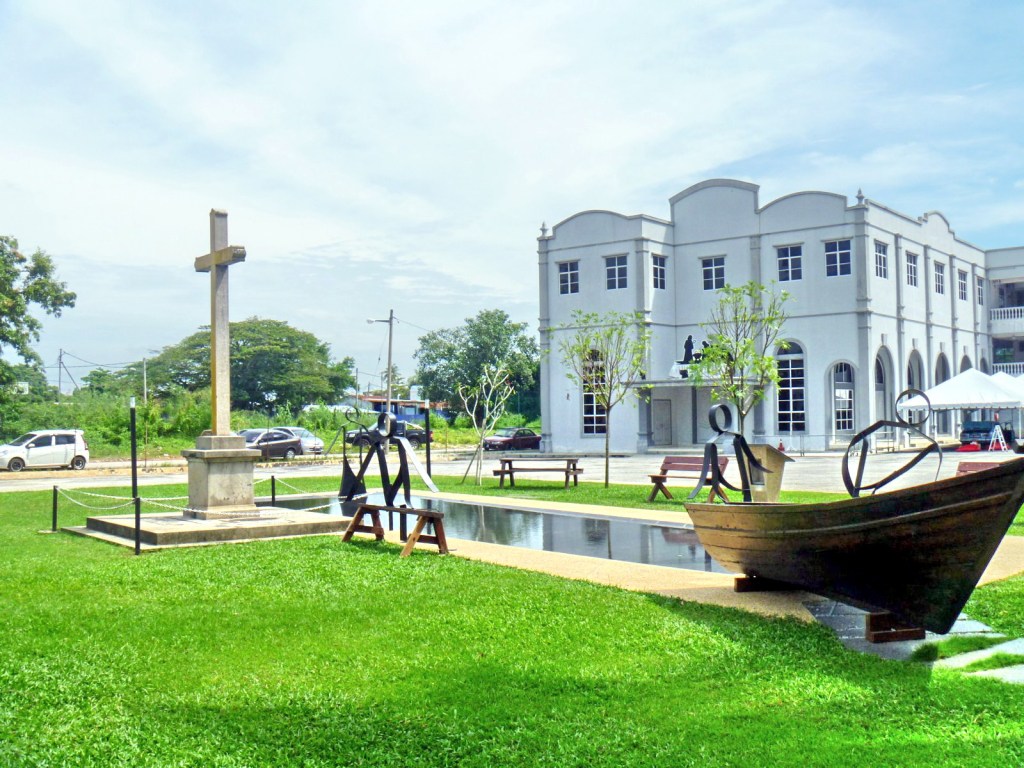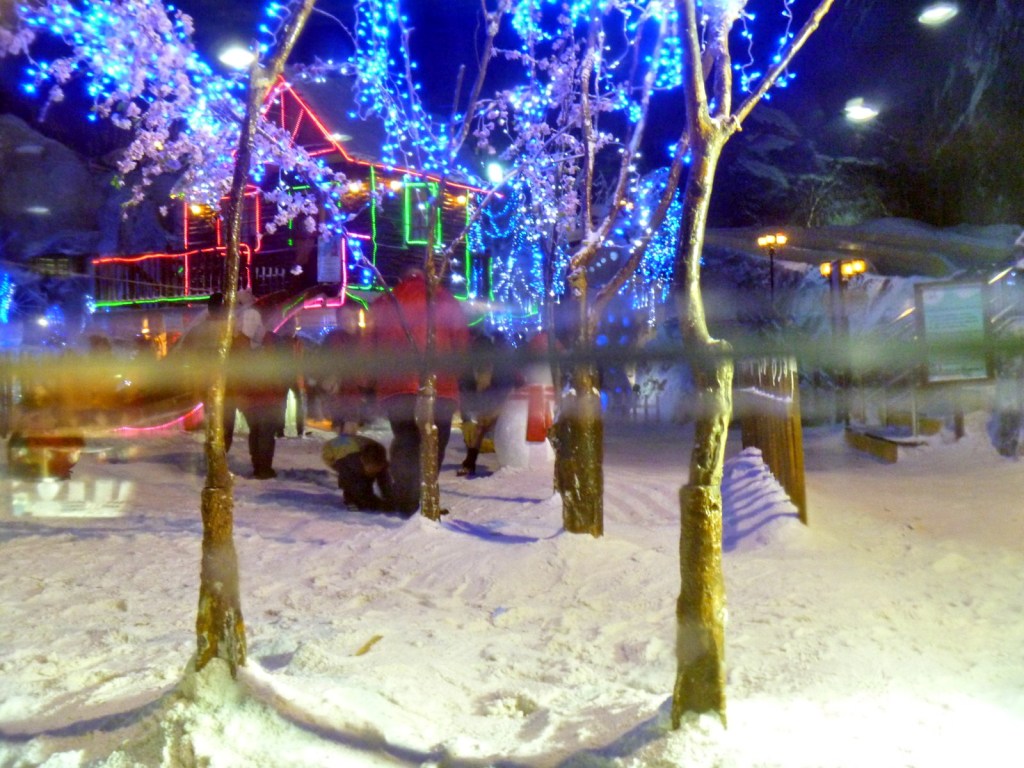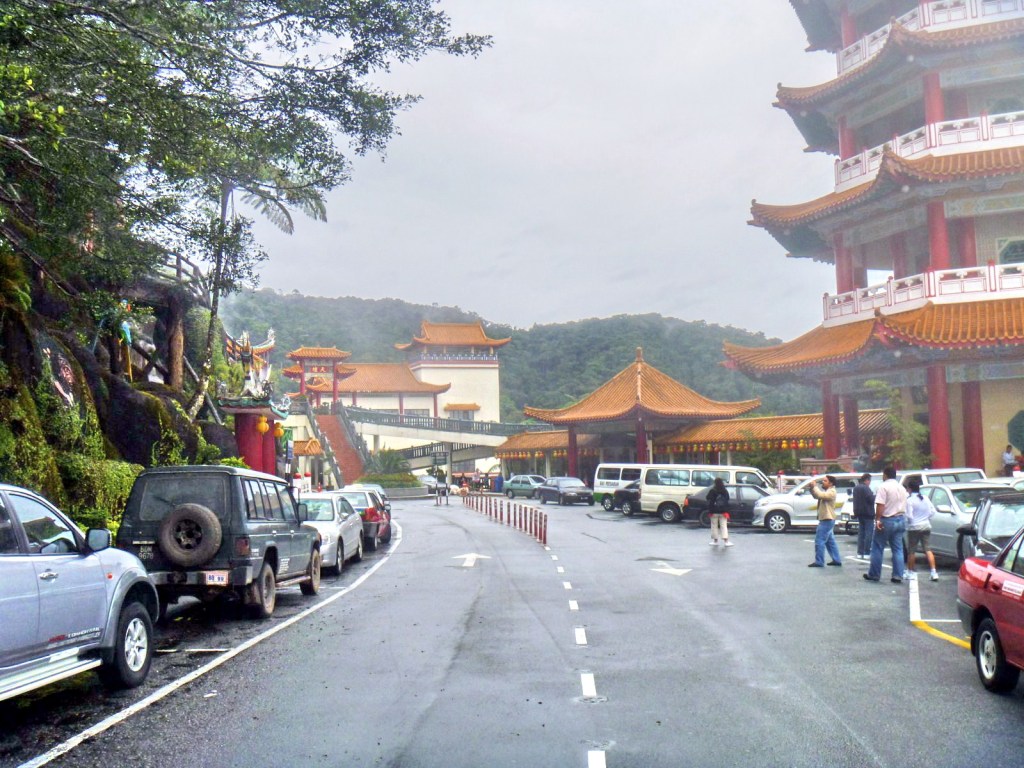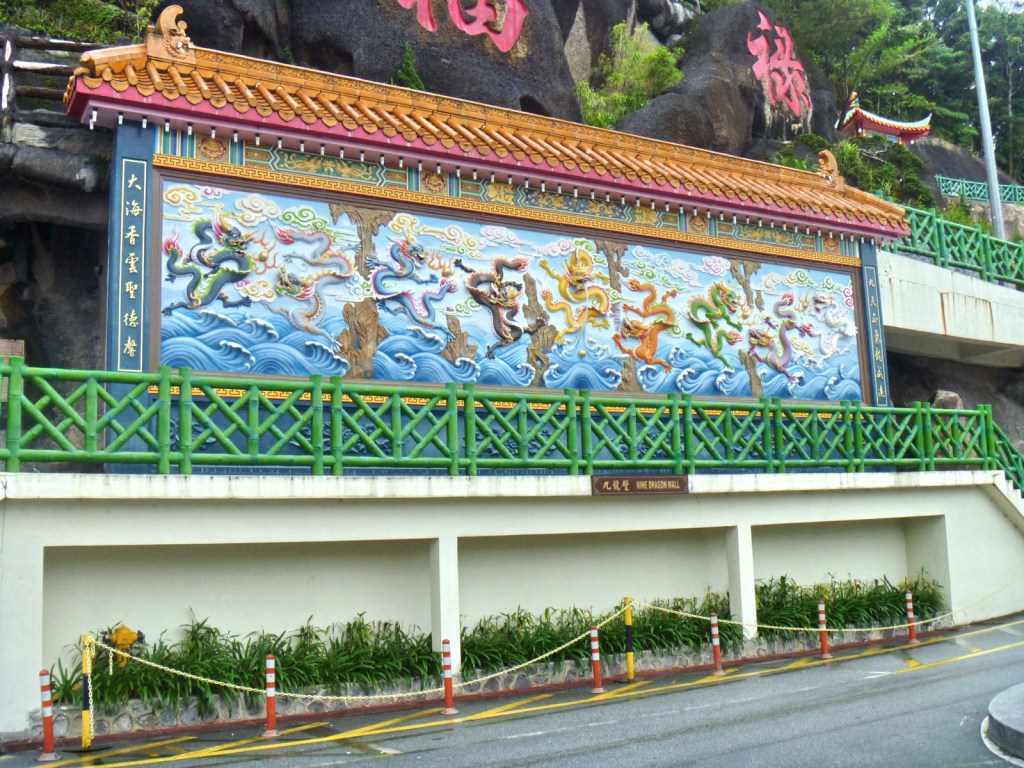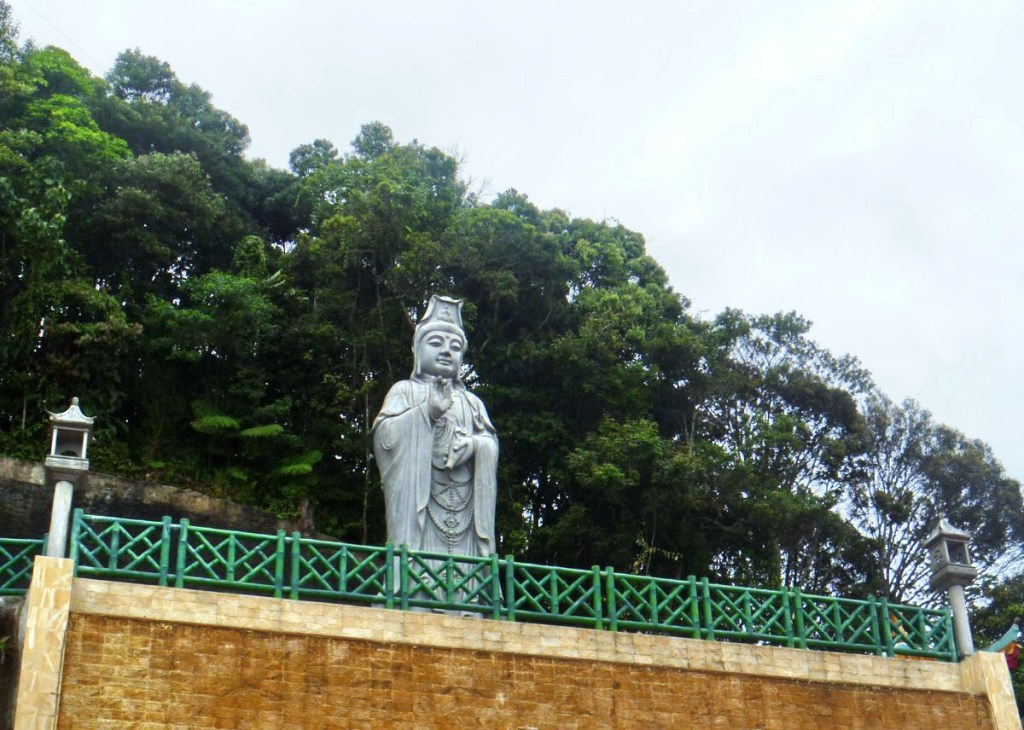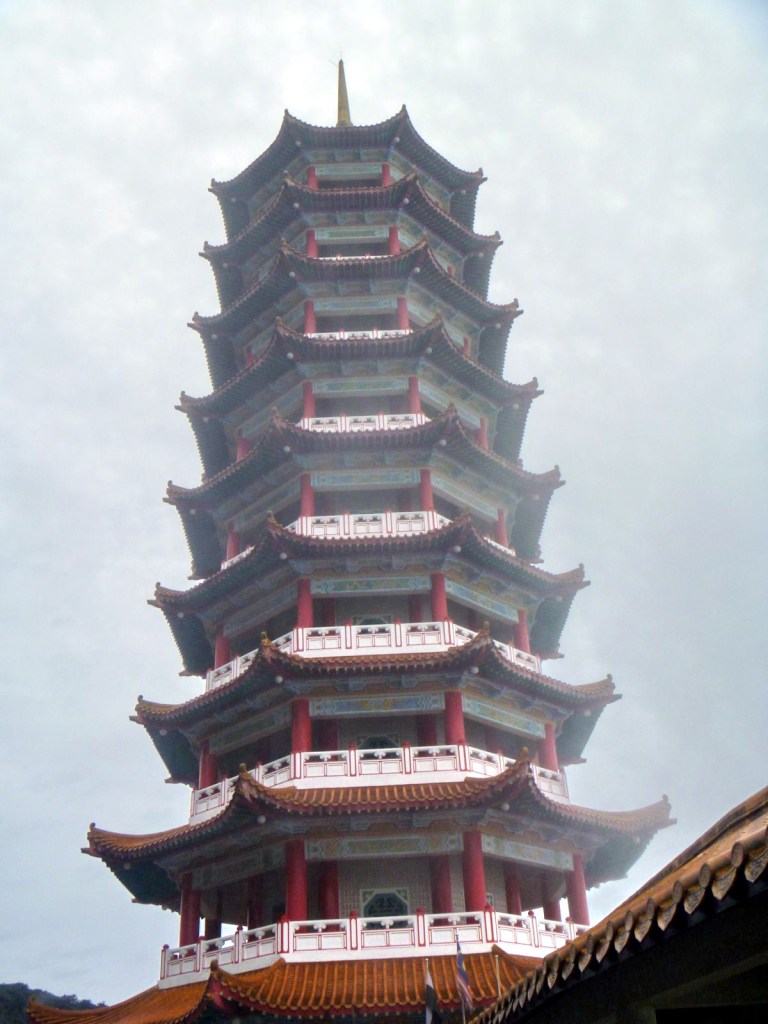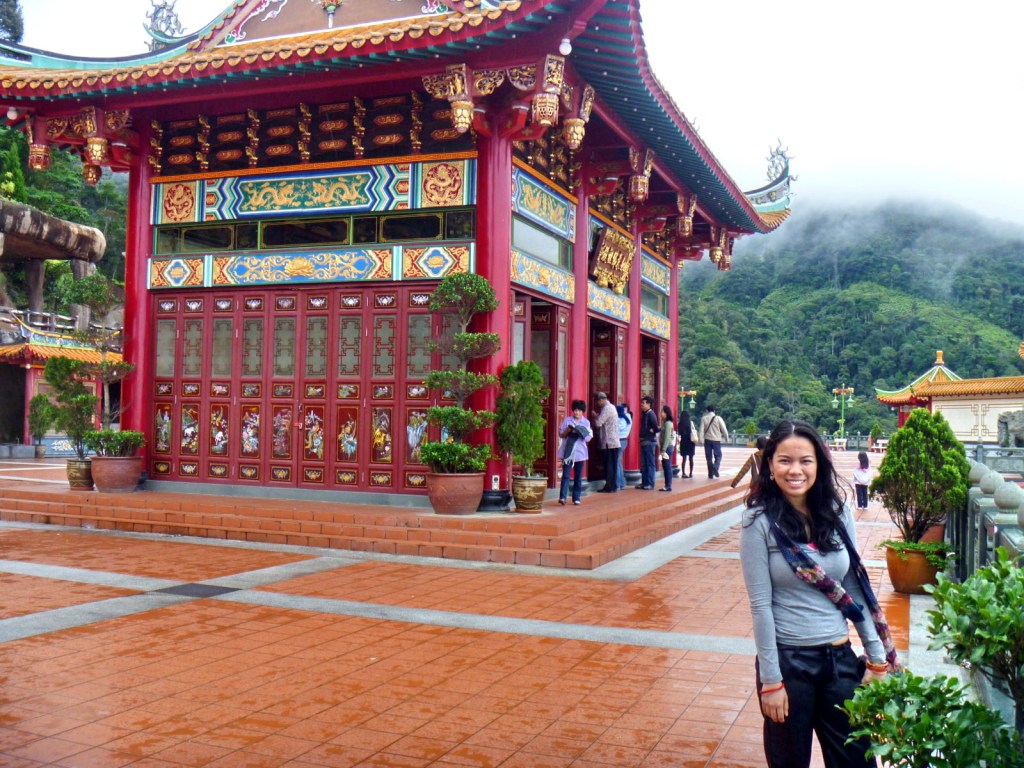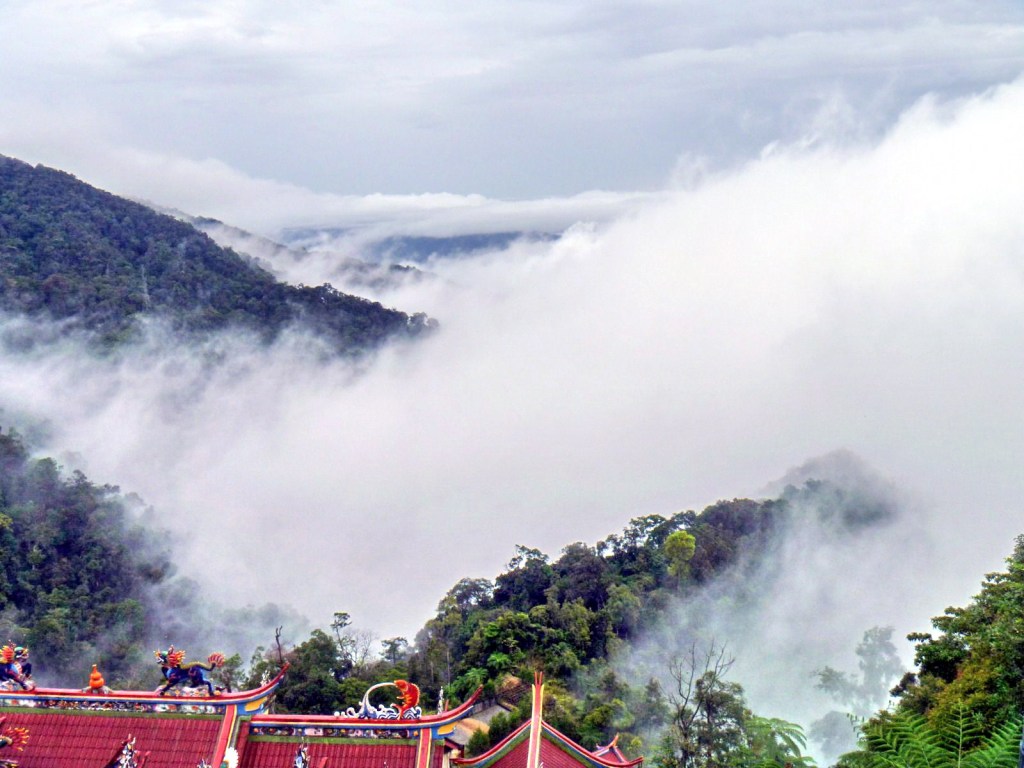The 23,003 sq. m., US$13 million Persada Johor International Convention Centre (Malay: Pusat Konvensyen Antarabangsa Persada Johor), site of the ASEAN Tourism Forum (January 15-20), is located within the 2.6679-ha. (6.592-acre) Persada Johor Convention Centre Complex. Developed and owned by Johor Corporation Bhd (the investment arm of the Johor State Government), this prestigious convention center venue is where both international and local events are held.
Situated in the very heart of Johor Bahru, the capital of Johor, the site on which it stands was the former Johor Military Force (JMF) camp, and it was also the site of early remnants of Johor Bahru city. Poetically, the Malay word persada means “a raised stage or building” or “a place which has steps for a royal member to sit and conduct official matters.”
The huge and well-planned Persada Johor International Convention Centre can accommodate 3,500 delegates theater-style of 2,160 people banquet-style. With 16 function rooms and 758 carpark spaces, it was adopted to reflect historical elements of Johor as well as modern features with dominant qualities such as strength, integrity and functionality. Its architecture, acknowledging Johor’s rich cultural heritage, features an exterior embellished with “Khat” Islamic writings. Its unique roof is shaped after the Johor Sultanate state ruler’s official hat, a symbol of creativity, practicality and nobility.
The preferred Meetings, Incentives, Conventions and Exhibitions (M.I.C.E) destination in Southern Malaysia, this state-of-the-art, huge and well-planned facility, inaugurated last October 2006, is also the first convention center in Malaysia to be a member of the United Nations Global Compact (UNGC).
The convention complex, comprising two main levels and two intermediate floors, consists of convention halls, 10 meeting rooms of different sizes, a 2,016 sq. m. exhibition hall, a 90-seat auditorium and restaurant. The upper level houses the Convention Halls while at the lower level are the Exhibition Halls.
The 3,078 sq. m. main Convention Hall, with its highly modular floor layout, can easily be converted into three smaller fully soundproofed convention halls – the 1,058 sq. m. Hall 301 (maximum capacity: 1,000 pax); the 902 sq. m. Hall 302 (maximum capacity: 900 pax); and the 903 sq.m. Hall 303 (maximum capacity: 900 pax). All the convention hall capacities stated are in theatre-style but fully convertible to reception, classroom and banquet arrangements.
The Exhibition Hall, which can be used for exhibitions, conventions, banquets, concerts, trade shows and sporting events, comprises two separate halls that can be combined to offer a total floor space of 3,070 sq. m. (33,051 sq. ft.). The 1,931 sq. m. Exhibition Hall 101 can accommodate 100 booths of 3 m. x 3 m. stands with a ceiling height of 9 m., while the 1,140 sq. m. Exhibition Hall 102 can accommodate 50 booths with a limited ceiling height of 4.5 m.
Level 4 (Gallery Level) has one meeting room and an auditorium (401) with a non-flexible seating capacity of 84 persons. Level 3 (Convention Hall Level) has three meeting rooms (the 60-pax Room 304 and 305 and the 120-pac Room 306). All Meeting Room capacities stated are in theatre-style arrangement but fully convertible to reception, classroom and banquet arrangements.
The all-day dining Selesih Restaurant serves a range of upmarket, deliciously authentic Malay, Johorean and international cuisine, either from the a la carte menu or its tantalizing buffets. Open daily from 7 AM to 10.30 PM. Outside are a selection of mobile restaurants that serves fresh, hot and chilled food, as well as snack items and hot drinks. A bridge links the convention center with the nearby, 5-star Petri Pacific Hotel.
Persada Johor International Convention Centre: Jalan Abdullah Ibrahim, P.O. Box 293, 80730 Johor Bahru, Johor. Tel: 07 219 8888 (general line). Fax: 60 7-219-8889. E-mail: admin@persadajohor.com (general email). Website: www.persadajohor.com. Coordinates: 1.461833°N 103.761583°E.
How to Get There: The convention center is accessible by Muafakat Bus route P-101.


